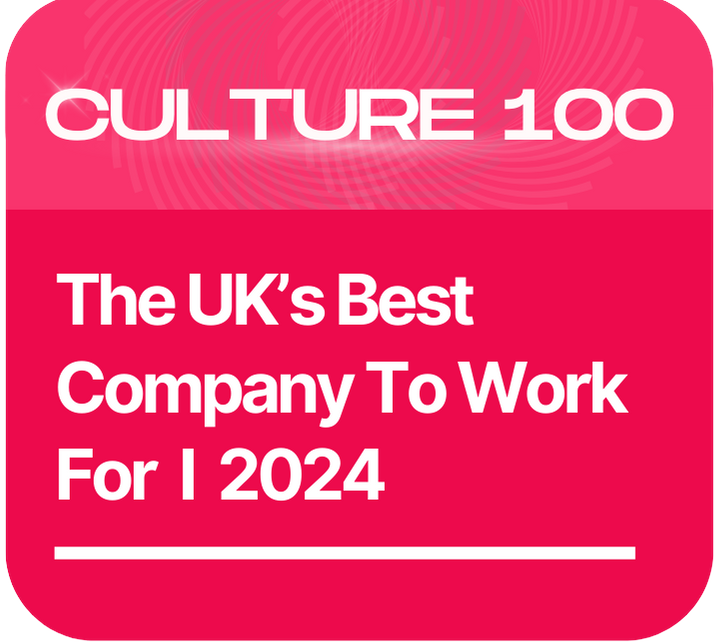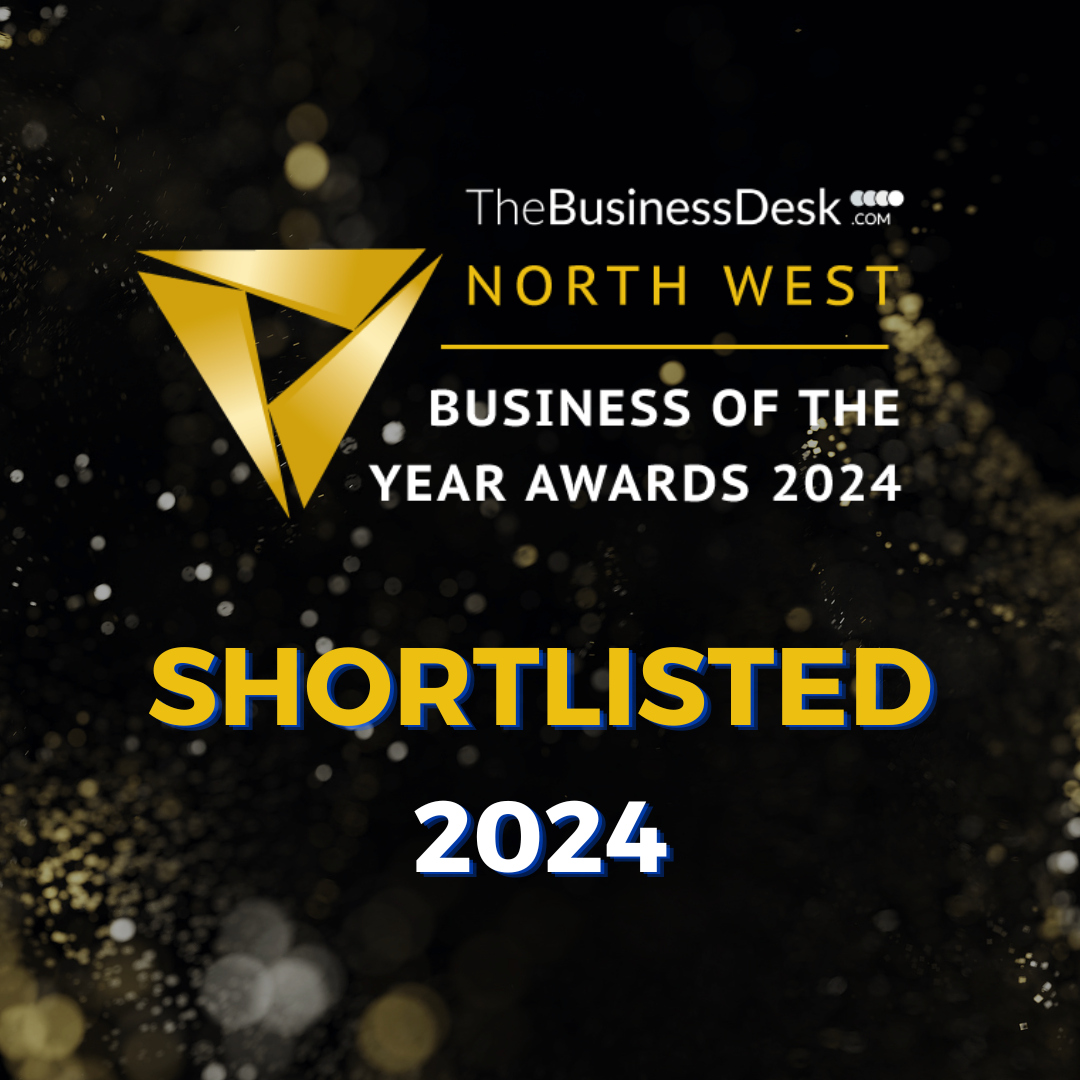Despite its boom, construction’s future is uncertain without new workers and technology
Recruiting the next generation of tech and STEM graduates will be critical to the industry’s future.
Over the past forty years, while construction work has increased, the construction labour market has declined, while productivity has slightly increased by 0.4% in 2024 after a static 2023. Most contractors report they will hire new employees in the near future, but most are experiencing difficulty hiring skilled workers as 210.000 construction workers have left the industry this year alone. Moreover, those difficulties will likely persist into the near future. More than half of those surveyed reported that their ability to hire skilled workers would probably worsen as the UK is predicted to need over 250,000 additional construction workers by 2028 to meet the demand.
As a result of this decline in construction, workers will have a significant impact on the construction and renovation of buildings that house critical infrastructure, such as hospitals, schools, dormitories, businesses, etc. In the face of the supply gap, how can the construction industry prevent adverse effects on the overall economy as the supply gap begins to affect other industries? Consider these strategies.
Encourage STEM-related education and careers
Investments in STEM (science, technology, engineering and mathematics) must continue and the government has just announced £490 million in new funding for the UK universities and colleges, to help improve the quality of science, technology, engineering and mathematics education. For example, many of the most valuable construction workers understand science and engineering thoroughly. Consequently, they are able to make informed decisions about everything, from which building materials are beneficial to how the different materials interact.
The industry is starting to prioritise STEM education and careers to attract and retain workers with these backgrounds.
Encourage women into STEM fields
In the UK, women make up 26% of the STEM workforce almost 1.5million women in total. However there is still little representation of women in STEM. By recruiting more women as STEM professionals, the construction industry can reap the benefits of advancing STEM jobs. However at the current rate of change, it could take until 2070 to reach a parity in STEM subjects in the UK.
Scholarships for women pursuing STEM careers can make a tangible difference. Strengthening the link between STEM jobs and employment in construction offers an opportunity to reach more women and other STEM professionals who can help the industry grow. In addition, by attracting, hiring, and promoting women, we can diversify the industry, raise awareness, and change stereotypes about this traditionally masculine profession.
In addition, the industry at large needs to work towards creating a culture that is welcoming to women and a safe workplace. By creating an environment in which women and other workers are respected and protected, we would be able to bridge the gender gap sooner.
Encourage the training of skilled craftsmen
As a labourer, you can earn a good living, but the perception needs to be changed. Career construction labourers have the potential to make a good living with the average in Manchester being around £47,500, without the burden of student loan debt.
With the growing demand for labour, craftspeople must be given specialised training. Assisting with selecting materials, exploring ways to streamline processes, and reducing these individuals could achieve costs. Construction has become more complex.
The best programs to train skilled craftspeople combine:
- Classroom instruction
- On-the-job experience
And are led by companies that are serious about their workforce development.
In addition to technical training, on-the-job coaching should also be incorporated into internal training programs. For example, training through industry groups or tuition reimbursement programs can benefit companies without in-house training programs.
Utilise new technologies to improve innovation
Construction has not been seen as a particularly innovative industry in the past, but not anymore.
Construction teams can visualise and simulate construction details and sequences using virtual, augmented and mixed reality. Modelling complex construction details and even entire spaces in 3D can be accomplished by using virtual mock-ups. By experiencing them in virtual reality, the teams can anticipate and solve any problems before construction begins. Additionally, it allows the end-user to “experience” their space in advance of a shovel breaking ground and buy into the concept. In addition to leveraging the skills of young workers, investing in emerging construction technology can streamline the construction process.
Conclusion
As a result of impending labour shortages in the construction industry, there is an opportunity to grow and develop the workforce.
Construction businesses should promote craftsmanship training, advance STEM jobs, and explore new ways to incorporate new technologies to combat the labour shortage effectively. In addition, we need to educate students about career opportunities while they’re still young. Skills are always in demand regardless of the state of the economy.
Almost every industry is impacted by construction, whether it’s building new laboratories to foster scientific discoveries, hospitals to treat the sick, or classrooms to teach.
With all that being said, there is also a solution that V7 can provide to combat any labour shortages that you may be currently facing. Here at V7, we have a specialist and dedicated team of construction experts who can connect you with some of the best-skilled white and blue-collar talent. So, if you have any outstanding labour requirements that need fulfilling, why not speak to a member of our team to lend a hand. We know how difficult it can be to find the right people. Email Daisy, the Account Manager for construction on: ddrysdale@v7recruitment.com or call 0161-394-1004.

Published on May 10, 2022
Written by











